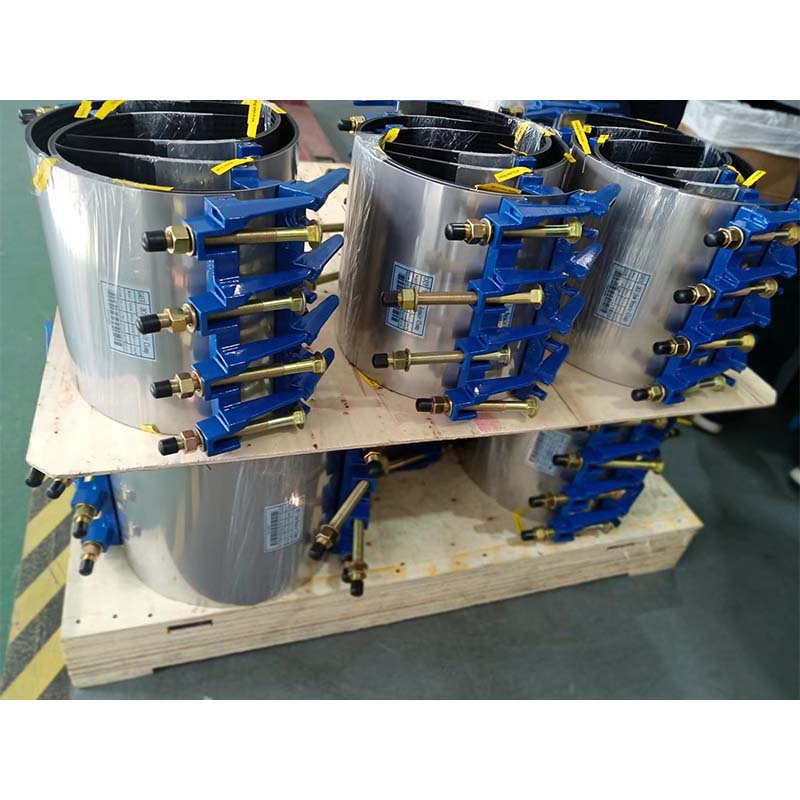gi butterfly valve
Understanding GI Butterfly Valves A Comprehensive Overview
Butterfly valves are a type of quarter-turn valve widely used in various industrial applications to regulate the flow of fluids. Among the different materials and configurations available, GI (Galvanized Iron) butterfly valves are particularly notable for their durability and versatility in handling a variety of media. This article aims to explore the features, benefits, applications, and maintenance practices associated with GI butterfly valves.
What Are GI Butterfly Valves?
A butterfly valve consists of a rotating disc that regulates flow through a pipe. The disc is mounted on a shaft, and when the valve is in the open position, the disc is parallel to the flow, allowing for maximum fluid passage. When closed, the disc turns perpendicular to the flow direction, obstructing the passage and thereby stopping fluid movement.
GI butterfly valves are made from galvanized iron, which is iron that has been coated with a layer of zinc to protect against corrosion and rust. This characteristic makes GI butterfly valves a preferred choice for operations involving water, gases, and various industrial fluids, especially in humid or corrosive environments.
Features and Benefits
1. Corrosion Resistance The galvanization process provides enhanced protection against rust and corrosion, making GI butterfly valves highly durable and suitable for use in water treatment plants, wastewater management, and other corrosive environments.
2. Cost-Effective Compared to other materials such as stainless steel or brass, GI valves are generally more affordable, making them an economical option for many industrial applications.
3. Lightweight and Compact Butterfly valves are generally lighter than gate or globe valves, which simplifies installation and reduces structural support requirements. Their compact design allows for space-saving benefits in piping systems.
4. Quick Operation The quarter-turn operation of butterfly valves allows for rapid opening and closing, making them ideal for systems that require fast flow regulation. This feature is particularly beneficial in emergency situations where quick shut-off is essential.
5. Low Pressure Drop The design of butterfly valves minimizes the pressure drop across the valve, making them efficient for use in systems where maintaining pressure is crucial.
Applications
gi butterfly valve

GI butterfly valves find extensive use across various industries, including
- Water Supply and Distribution They are commonly used in municipal water systems for regulating and controlling flow in pipelines. - Chemical Industry Due to their corrosion resistance, GI butterfly valves are suitable for handling various chemicals and liquids. - HVAC Systems These valves are often employed in heating, ventilation, and air conditioning systems to manage airflow efficiently. - Food and Beverage Certain GI butterfly valves are designed to meet sanitary standards for applications in food processing and beverage production.
Maintenance Practices
While GI butterfly valves are known for their durability, regular maintenance is crucial to ensure their optimal performance and longevity
1. Periodic Inspection Regular inspections for signs of corrosion, rust, and wear are essential. Any leakage or degradation should be addressed immediately.
2. Lubrication The valve's shaft and bearings may require periodic lubrication to ensure smooth operation and to prevent any sticking.
3. Testing Routine testing of the valve's operation can help identify issues before they escalate. This could involve opening and closing the valve under controlled conditions to check for functionality.
4. Cleaning If fluid contains solid particles, regular cleaning of the valve and the surrounding piping can prevent buildup that might affect performance.
5. Replacement of Seal The seals in butterfly valves can wear out over time. Regular checks and timely replacement of these seals can prevent leaks and maintain effective sealing.
Conclusion
GI butterfly valves are a fundamental component in various industrial systems, valued for their efficient flow control, cost-effectiveness, and durability. Understanding their features, applications, and maintenance practices can lead to improved system performance and longevity. As industries continue to evolve, the significance of reliable components like GI butterfly valves will remain critical for operational success.
-
The Smarter Choice for Pedestrian AreasNewsJun.30,2025
-
The Gold Standard in Round Drain CoversNewsJun.30,2025
-
The Gold Standard in Manhole Cover SystemsNewsJun.30,2025
-
Superior Drainage Solutions with Premium Gully GratesNewsJun.30,2025
-
Superior Drainage Solutions for Global InfrastructureNewsJun.30,2025
-
Square Manhole Solutions for Modern InfrastructureNewsJun.30,2025
-
Premium Manhole Covers for Modern InfrastructureNewsJun.30,2025
